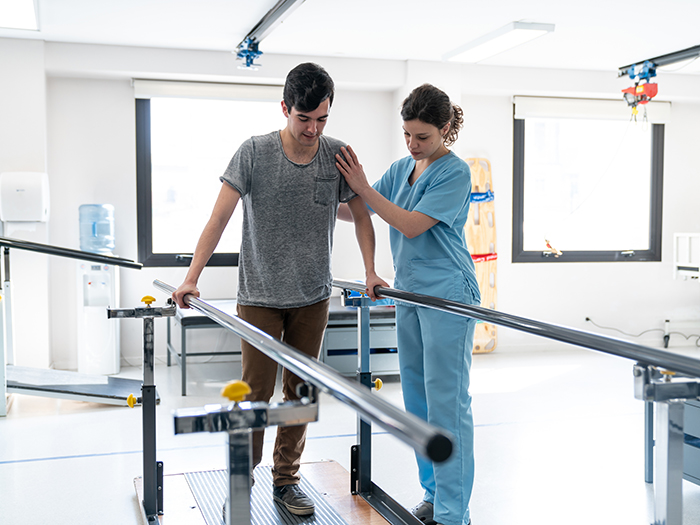Grasping different Techniques to Bodily Therapy toward Enhanced Rehabilitation and Rehabilitation
Grasping different Techniques to Bodily Therapy toward Enhanced Rehabilitation and Rehabilitation
Blog Article
Bodily therapy serves as one important part of recovery and restoration for a lot of individuals. It aids people restore vigor, enhance movement, and reduce soreness following injuries or procedures. Numerous methods to physical treatment, each crafted to address the particular demands of clients. Comprehending these different techniques can assist individuals form knowledgeable choices about their recovery path.
A common technique to physiological therapy is physical therapy. Such method involves physical treatment by a physiological practitioner to manipulate muscle groups and articulations. Manual treatment can help reduce discomfort, improve vascular health, and increase mobility. Practitioners may utilize methods such as manipulation, articulation mobilization, and elongation to help individuals recover. Such method is commonly beneficial for those with muscle and joint conditions, such as spinal soreness or joint inflammation, as it concentrates on the bodily components of recovery.
An additional crucial approach is rehabilitative exercise. This technique entails specific activities crafted to improve power, balance, and control. Bodily practitioners create customized exercise regimens based on the patient's situation and goals. Such activities can vary from easy movements to increasingly challenging activities. Rehabilitative exercise is crucial for regaining strength after an trauma and stopping additional issues. This also assists clients regain confidence in their physiological skills, which is essential for overall rehabilitation.
Pool treatment is a different helpful technique that employs aqua to support in healing. Such technique utilizes the buoyancy of water, which reduces the impact on joints and facilitates simpler motion. Individuals can execute exercises in a swimming pool, making it a fantastic choice for those with restricted movement or discomfort. Water-based rehabilitation can help improve strength, mobility, and resilience while delivering a helpful setting for rehabilitation. It is particularly beneficial for individuals rehabilitating from procedures or those with chronic discomfort conditions.
Lastly, education and autonomy are crucial elements of physiological rehabilitation. Physiological practitioners not only offer therapy but furthermore instruct patients about their conditions and how to cope with them. Such entails comprehending body movement, position, and the significance of remaining active. By equipping individuals with information, therapists help them adopt an engaged part in their recovery. This technique promotes clients to persist their rehabilitation outside therapy sessions, contributing to improved sustained outcomes.
To summarize, physiological rehabilitation offers diverse methods to enhance recovery and restoration. Hands-on therapy, rehabilitative physical activity, aquatic treatment, and knowledge all serve significant roles in helping clients restore their power and movement. Every approach is customized to address the individual requirements of patients, providing a comprehensive approach to rehabilitation. Through understanding these various techniques, clients can more effectively navigate their healing path and click for source work towards attaining their rehabilitation aims.